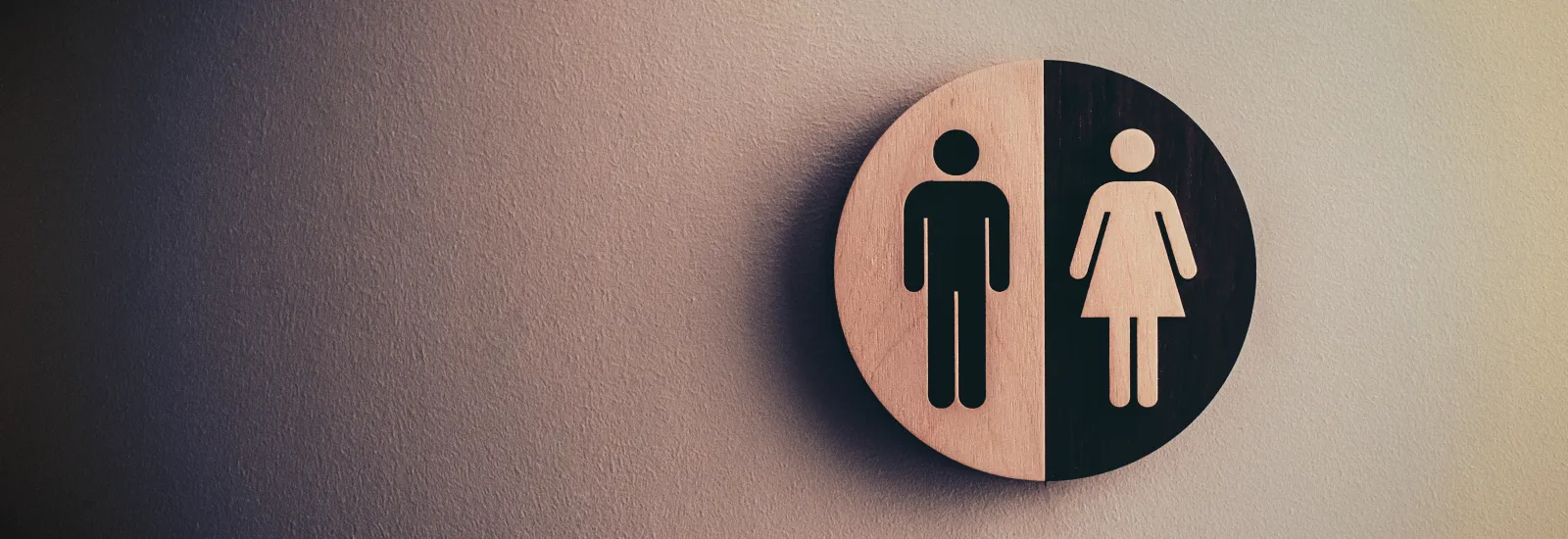
Urinary incontinence symptoms: What you can do to control this common problem
The obvious answer to "What are some common urinary incontinence symptoms?" is "going when you shouldn't or don't want to" — but it's not that simple and it's certainly nothing to feel ashamed of. According to the National Association for Continence, more than 25 million people in the United States experience problems with bladder control. Here are some of the common causes for urinary incontinence and how you can treat it.
What are some urinary incontinence symptoms and types?
According to MedlinePlus, pregnant women, people on bed rest, and men with prostate inflammation, are all more likely to experience temporary symptoms. The National Institute on Aging points to four types of long-term urinary incontinence. Stress incontinence might set in when a woman starts menopause and it's brought on by exercise, sneezing, laughing, and other activities that put pressure on the bladder. People suffering from diabetes, Parkinson's, Alzheimer's, Multiple sclerosis (MS), or who've had a stroke might encounter urge incontinence: a perennial sudden urgent need to urinate. Overflow incontinence can affect people with diabetes and spinal injuries as well as men with enlarged prostates. Because the bladder is always full it leaks small amounts of urine in this instance. Older people with normal bladder control might suffer from functional incontinence if they simply have trouble getting around.
What can I do about urinary incontinence?
The first step you should take if you are experiencing urinary incontinence symptoms is to see a doctor. A urologist specializes in issues affecting the genitals and urinary tract. A woman might go to see a urogynecologist instead depending on the issue. One of these doctors can identify the cause of your incontinence.
Your doctor might also recommend pelvic floor exercises. These exercises called Kegels aim to strengthen the muscles that control urination. To do Kegels flex the muscles that you would use to stop the flow of urine. According to the Mayo Clinic, you should tighten and relax these muscles for five seconds at a time, eventually working up to holding them for 10 seconds at a time.
Training your bladder to void at certain times can also help with your symptoms, says the Mayo Clinic. Try visiting the bathroom every 60 minutes throughout the day. Going regularly might make it easier for you to control your bladder.
When should I seek treatment for urinary incontinence?
Urinary incontinence can feel embarrassing especially if it disrupts your life. You don't need to suffer urinary incontinence symptoms in silence. Speak with your doctor or seek specialized treatment for your symptoms today. Together you and your provider can identify the underlying cause of your urinary leakage and help you put together a plan to get back control of your bladder.

